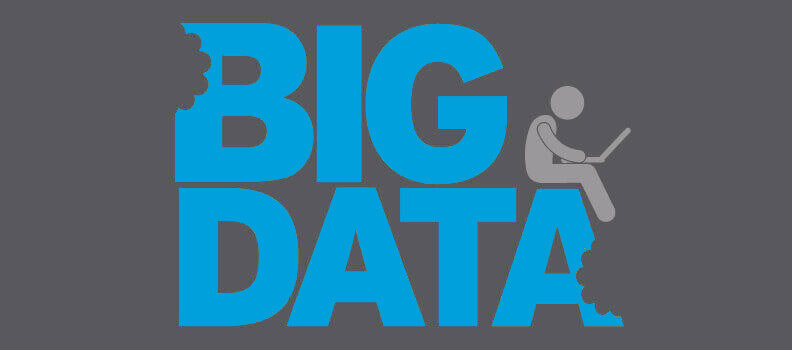Every which way you turn these days, it seems someone is talking about “big data.” Think it’s just a fad? According to a recent survey by KPMG, 70 percent of senior execs rank data analytics as “crucial” or “very important.”
So what exactly is big data and how can it help your business? Google the term, and you’ll find this definition:
big da • ta
noun
extremely large data sets that may be analyzed computationally to reveal patterns, trends, and associations, especially relating to human behavior and interaction
Seem a bit overwhelming? It doesn’t need to be. Big data is really just about taking information and using it to create smarter ways to engage and serve your customers. To help you tackle big data, we’ve broken it down into smaller, more digestible bites.
Begin With What You Already Have
Believe it or not, you have data. Whether it’s located in a handwritten sales ledger, a filing cabinet, a few spreadsheets, or a customer relationship management (CRM) system, the customer information you’ve collected over the years is the perfect place to start.
Now that you have your data sources identified, consider what might be missing. Is your information outdated or are there important details you’d like to know? Luckily, there are plenty of resources out there to help you get the information you need. Look for a company that compiles and verifies its data regularly.
But what if you’re just getting started with your business or need to start over with your data? No worries! You can also acquire fresh data lists from reputable data compilers.
Create a Plan That Works for You
There are all kinds of ways big data can work for your business. Choose one or more of the following strategies or come up with your own. Just remember, this is your plan, so there’s no right or wrong way to go about it.
Analyze your customers for improved targeting.
Want an extremely effective way to find new customers? Take a look at your current ones. All you need to do is identify their common characteristics—and then search for individuals or businesses with these same traits. The best part is, there are free tools out there that will do all the busy work for you.
Send (and track) email campaigns.
One of the simplest ways to better understand your current and prospective customers is to send out emails and then track recipients’ behavior. What offers seem to get the most clicks? Are there certain subject lines or offers that seem to perform better than others? Keep track of what works and what doesn’t, then start testing new ideas against proven ones.
Track visitors’ behavior on your website.
Knowing how people interact with your site can give you great insights into whether your product and marketing strategies are actually working. Online tools such as Google Analytics can help you discover which keywords bring people to your site as well as what language helps keep them there—digging deeper for more information or moving through the purchase cycle.
Take advantage of the free stuff.
There’s a wealth of data to be had on the Internet that can be had for free. You just have to know where to look. Checking out weather predictions can help you decide whether to promote your latest line of snow boots or rain gear. Analyzing traffic patterns on government sites can help you choose a location for your new branch. All kinds of happenings can affect buying behavior, such as news events, gas prices, technology trends, and more.
Go Ahead … Take a Bite
No matter the size of your business, you can take on big data and win. Simply focus on your immediate and future goals and then think about how you can take advantage of the wealth of information that’s out there to achieve them.






